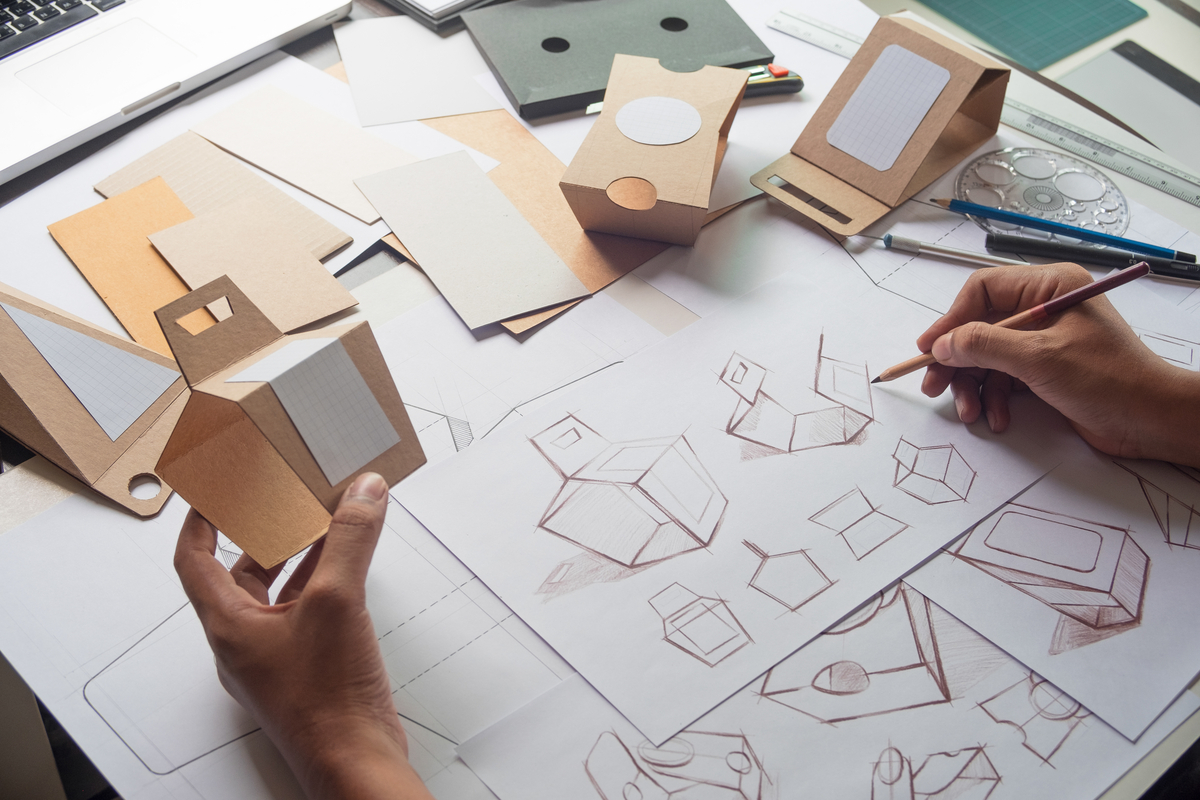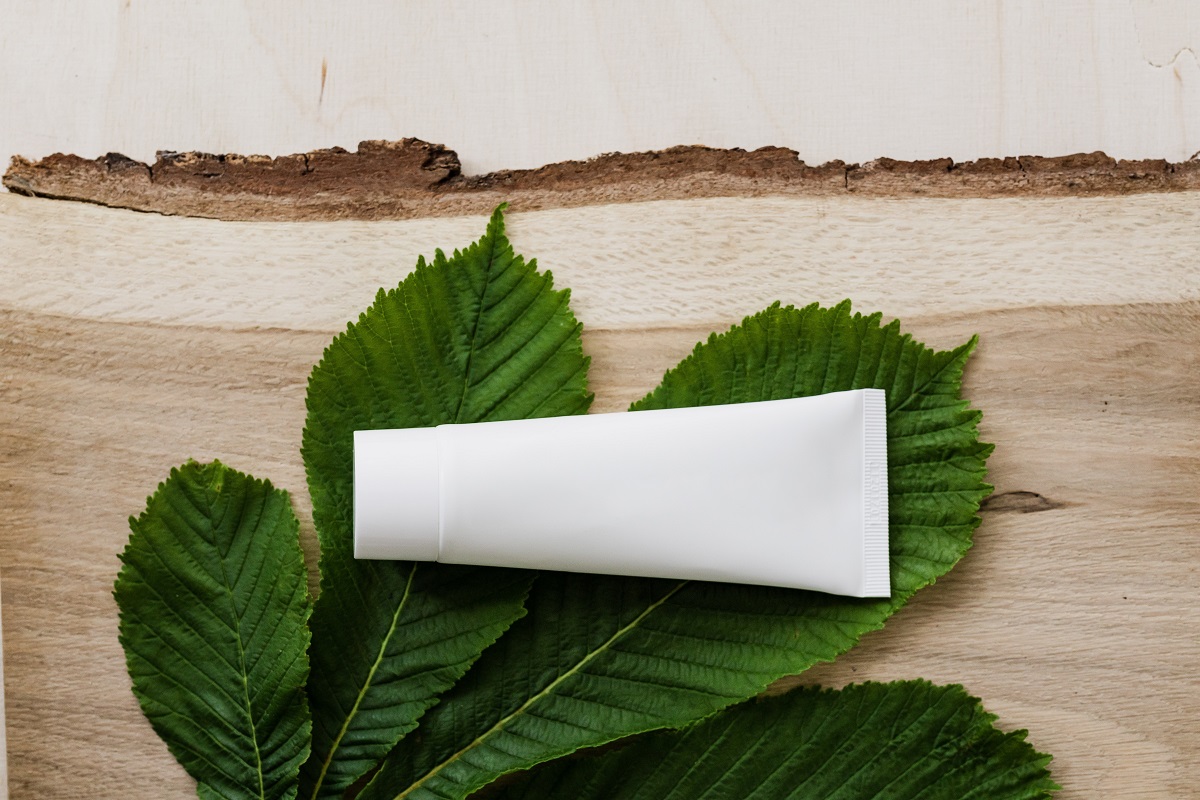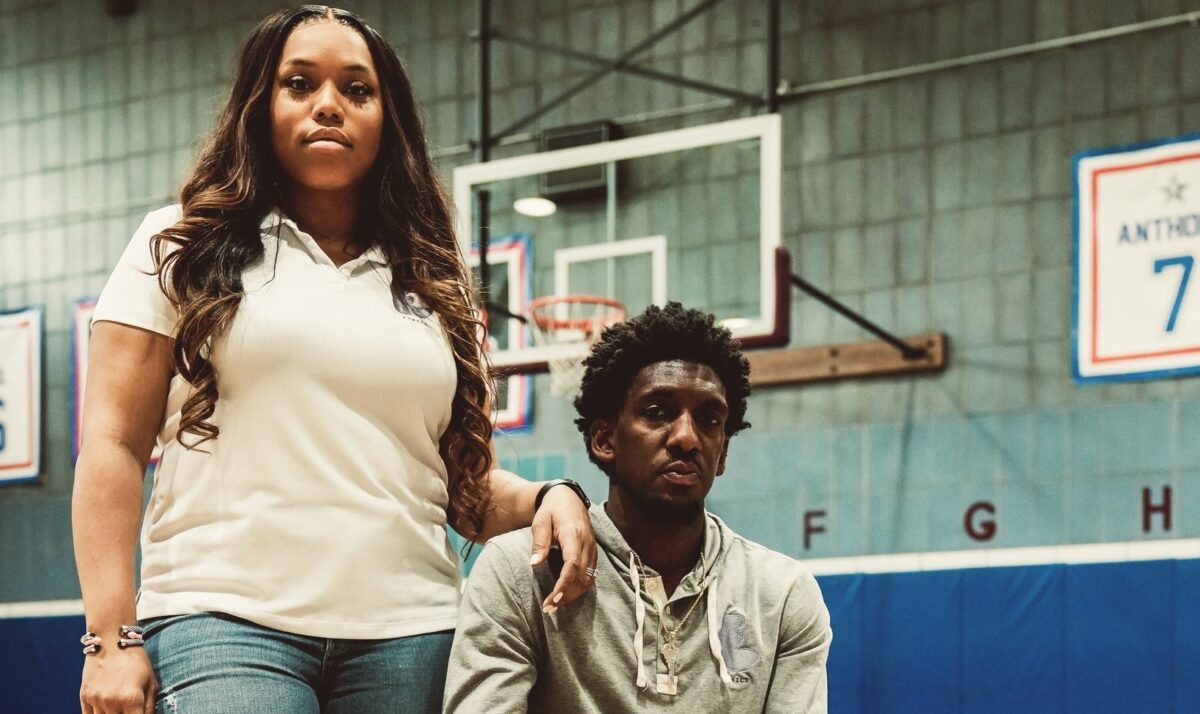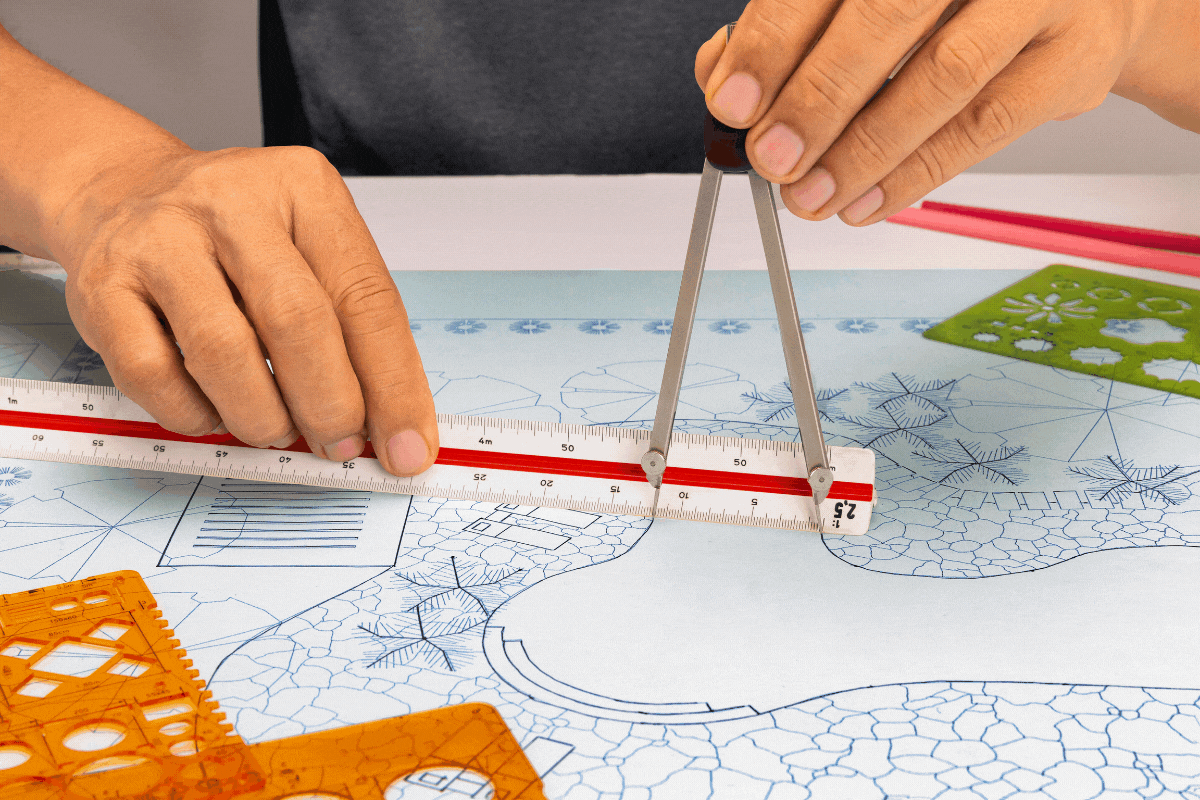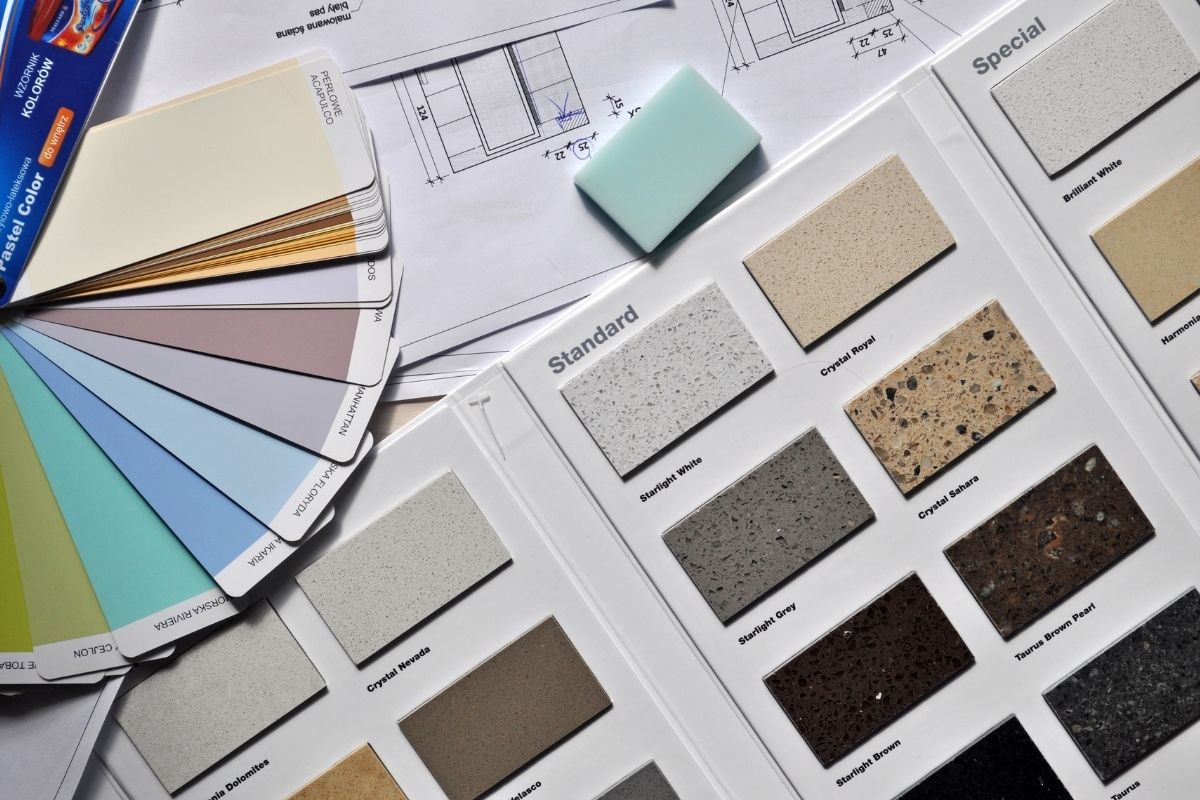10+ Product Design Tips to Make Users Fall in Love With Your Product
Hey there, fellow product designers! If you’re anything like us, you’re always on the hunt for ways to whip up that perfect, swoon-worthy product. You know, the kind that not only stands out from the crowd but also tugs at the heartstrings of users, making them fall head over heels in love.
Well, today’s your lucky day! We’re about to spill the beans on 10+ product design tips that are bound to cast a spell on your users and leave them utterly smitten. With these tips in your arsenal, you’ll be a veritable love potion master in no time. So, buckle up and get ready for a wild ride, as we dive headfirst into the enchanting world of product design!
First Impressions Matter: Hook ‘Em From the Get-Go
You know what they say – you never get a second chance to make a first impression. That’s why it’s crucial to ensure your product’s design is love at first sight for your users. Make sure to craft a sleek and inviting interface, with an intuitive layout that gently guides users through the experience. Remember, if you don’t make a great first impression, your users might just swipe left and never look back!
Keep It Simple, Sweetheart: Embrace Minimalism
When it comes to design, sometimes less is more. An overcrowded interface with too many bells and whistles can be a real turn-off. Embrace minimalism and keep things clean and simple. Focus on the essentials, eliminate distractions, and ensure your users can easily navigate your product without feeling overwhelmed. After all, nobody wants to play “Where’s Waldo?” with your app’s features.
Listen Up: Pay Attention to User Feedback
Want to know the secret to your users’ hearts? Just ask them! Be open to feedback and listen to what your users have to say. Actively solicit input through surveys, focus groups, or in-app prompts, and then use that feedback to refine your product. Remember, happy users are loyal users, and there’s no better way to make them feel heard than by taking their suggestions on board.
In the Details: Sweat the Small Stuff
They say the devil’s in the details, and when it comes to product design, we couldn’t agree more. It’s the little things that can make all the difference between a good product and a great one. So, go the extra mile and pay attention to the minutiae – from button placement to font choices, from micro-interactions to delightful animations. You’ll be surprised how these tiny tweaks can add up to create a truly unforgettable user experience.
Color Me Happy: Choose a Winning Color Palette
We all know that colors have the power to evoke emotions, so why not use them to your advantage? Choose a color palette that not only complements your brand but also creates the perfect mood for your users. Consider using soothing colors for a calming app experience, or vibrant hues to energize and engage. Remember, the right color palette can make your users feel all warm and fuzzy inside – and who doesn’t love that?
Be Consistent: Establish a Cohesive Design Language
If your product’s design is all over the place, you’ll leave your users scratching their heads in confusion. Ensure your product’s design is consistent across all screens, platforms, and touchpoints. Establish a cohesive design language that carries through from your logo to your interface, and watch as your users fall in love with the seamless experience you’ve created.
Make it Personal: Customize the User Experience
You know what they say – different strokes for different folks! Don’t be afraid to let your users have a say in their own product experience. Allow them to personalize settings, choose themes, and tailor notifications to their preferences. By giving your users a sense of ownership and control, you’ll make them feel right at home and deepen their connection with your product.
Keep ‘Em Hooked: Gamify the Experience
Who doesn’t love a little friendly competition? Inject some fun into your product by incorporating game-like elements such as points, badges, or leaderboards. Gamification can boost engagement, encourage users to explore more features, and give them a sense of achievement. Plus, it’s just plain fun – and who can resist that?
Don’t Leave ‘Em Struggling: Offer Stellar Support
You can have the most beautifully designed product in the world, but if your users hit a snag and can’t get help, all that effort could go to waste. Make sure you offer top-notch support, whether it’s through in-app help, a comprehensive FAQ section, or responsive customer service. Show your users that you’ve got their back, and they’ll be singing your praises from the rooftops.
Stay Fresh: Keep Evolving and Innovating
Rome wasn’t built in a day, and neither is the perfect product. Don’t rest on your laurels – always be on the lookout for ways to improve and innovate. Keep your users engaged and excited by continually updating your product with new features, enhancements, and refinements. Remember, there’s always room for growth, and true love means never settling for “good enough.”
Bonus Tip: Test, Test, and Test Again
The key to a successful product design is iteration. Make sure you rigorously test your product at every stage of development, and be prepared to pivot based on user feedback and real-world usage. After all, the proof is in the pudding – and there’s no better way to ensure your product is irresistible than by putting it through its paces.
Ready to Create a Product That’s Impossible to Resist?
Remember, the secret to a captivating product is a seamless blend of form, function, and emotion. So, get out there, put these tips to the test, and watch as your product becomes the talk of the town. Ready to create a product that’s impossible to resist? It’s time to get started!
At Yellowbrick, we’re committed to empowering designers like you with the skills and knowledge needed to excel in the ever-evolving world of product design. Our Product Design Essentials Course, developed in partnership with Parsons faculty and design gurus from top-notch organizations, will give you the strong foundation you need to succeed in this competitive industry.
In our comprehensive course, you’ll learn how to ask the right questions to understand user needs, market demands, and production options. You’ll discover how to set user objectives, identify potential risks, and overcome obstacles. Moreover, you’ll gain valuable insights into the intricate dance of design, manufacturing, and marketing elements in the product creation process.
By mastering product specifications and producing accurate documentation, you’ll be well-equipped to tackle fabrication, costing, product development, marketing, and sales. So, why wait to jumpstart your journey to success? Explore our courses today and unlock your true potential in the thrilling world of product design!
